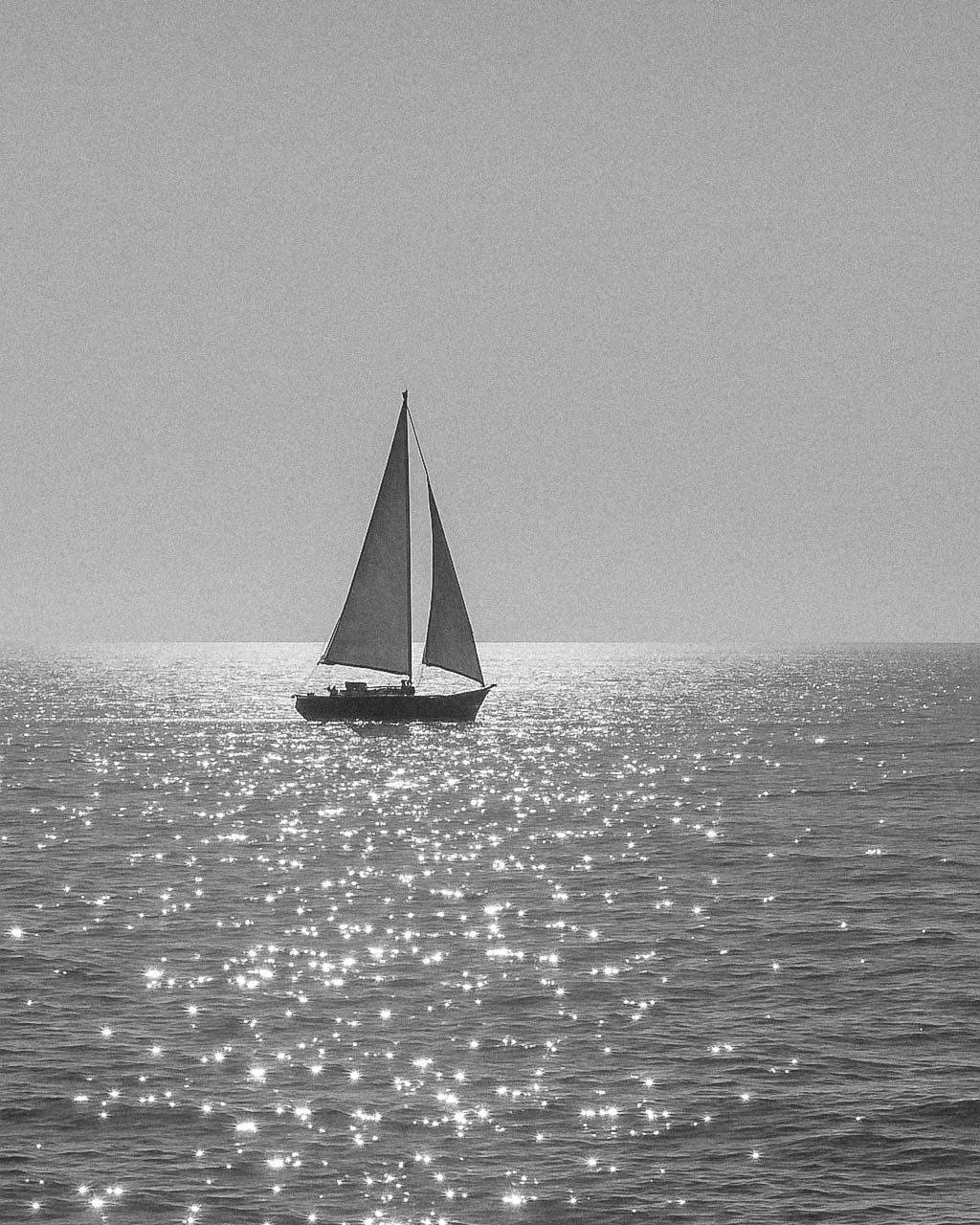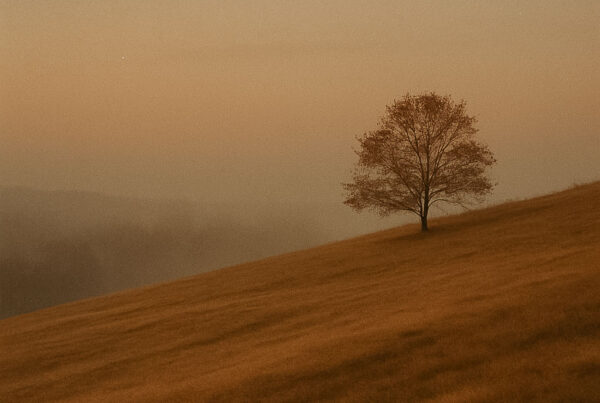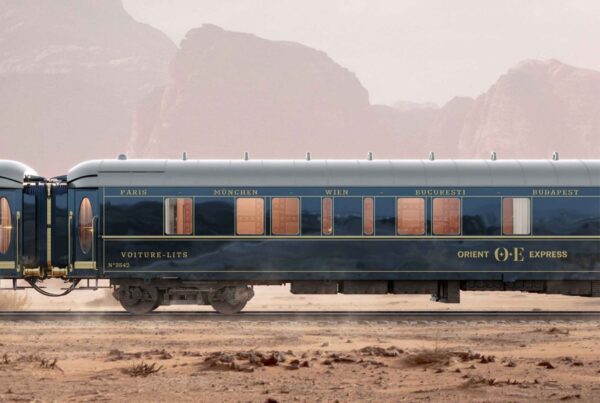
The Art of Summer Distance
Words MILES REDFER
Photos JASPER LENNOX
Measured departures from New York, one hour farther each time.
This is a members-only story.
Access all stories, objects, and guides with a membership.
Log InBecome a Member
Words MILES REDFER
Photos JASPER LENNOX


